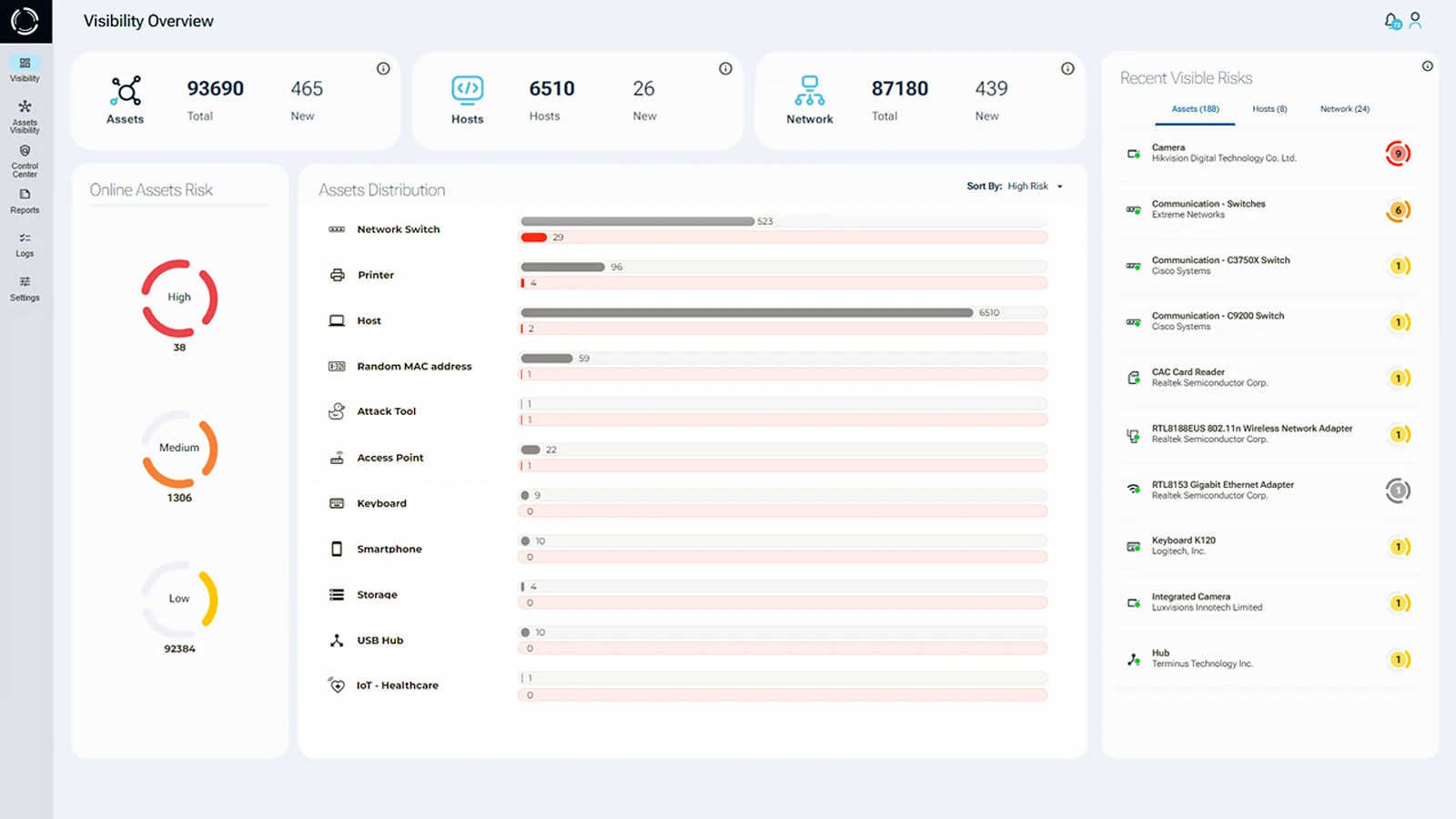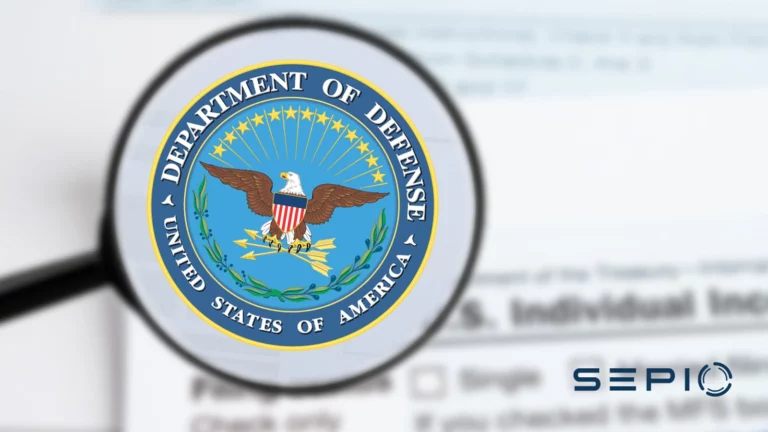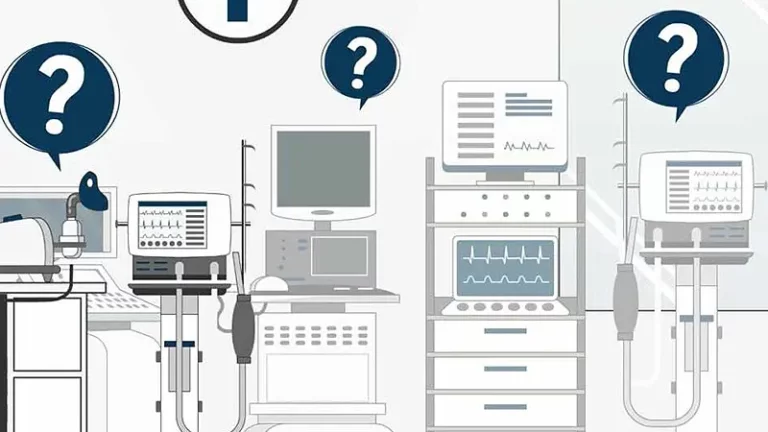Operational Technology Security Manager
As an OT Security Manager, your role in OT risk management is critical. You’re tasked with securing operational technology systems, maintaining business continuity, and reducing cyber threats. Without secure and reliable OT infrastructure, production can halt, leading to significant financial and reputational losses.
We understand the pressure you face: managing operational demands while keeping systems safe from cyber threats is no small task. Many companies invest in various cybersecurity solutions hoping for a “silver bullet,” but effective OT risk management requires something more strategic.
However, as an OT Security Manager, you can take proactive steps to strengthen defenses and control costs. By implementing risk-based security strategies, network segmentation, and continuous monitoring, you enhance resilience and enable uninterrupted operations—driving both protection and performance.
How Asset Visibility Solves OT Risk Management Challenges
One of the biggest challenges in OT security management is asset visibility, particularly when it comes to agent installation. As an OT Security Manager, you don’t have the same flexibility as IT teams at HQ, who can deploy multiple agents on their endpoints. Instead, you often deal with legacy systems incompatible with agent-based solutions or new assets whose manufacturers prohibit any software installations. This leaves you at a dead end, struggling to maintain visibility into your network.
This is where physical layer visibility comes to the rescue. Every connected device emits a unique physical-layer fingerprint. By passively analyzing these hardware parameters, without monitoring network traffic, you gain full visibility across even the most heterogeneous OT infrastructure. With Sepio’s approach, you get a comprehensive OT asset inventory and compatible with even your oldest devices.

Traffic-based Solution with False Positive Alerts
Traffic-based OT security solutions come with significant constraints, the first being limited visibility. Imagine playing “hide and seek” blindfolded, relying only on sound, you’ll only find players who make noise. Similarly, if an asset isn’t generating detectable network traffic, how can you know it exists? This is where physical layer data provides a game-changing advantage. The mere fact that an asset is physically connected makes it identifiable, eliminating blind spots in your security strategy.
The second constraint is protocol dependency. Many solutions analyze and validate network traffic, but critical communications may use proprietary or uncommon OT protocols. Expecting a solution to recognize every variation is unrealistic, leading to false-positive alerts that create unnecessary panic. And if there’s one thing you hate, it’s chasing a security alert only to discover it was just a “blip.”
Third, traffic monitoring introduces security risks. Sharing your traffic with a third-party solution means sensitive OT data is exposed. Even with a trusted vendor, your cybersecurity now depends on their security posture, which may not meet your standards. This can feel like a double-edged sword, increasing risk instead of reducing it.
By contrast, physical layer visibility offers accurate detection without these trade-offs. That’s a powerful tool for any OT Security Manager.
Every Unknown Connected Device is a Risk
As the saying goes, you can’t protect what you don’t know. Yet, as an OT Security Manager, it’s your responsibility to minimize the unknown and ensure every asset in your OT infrastructure is accounted for.
Unless proven otherwise, any device in your OT infrastructure you’re unaware of is a rogue device. Why? If you can’t answer the following questions – what is this device? Is it vulnerable? When was it first connected? When was it last seen? – then you can’t guarantee that it will not disrupt your operational continuity. It’s always the one you’re unaware of that comes to bite you.
This is where physical layer visibility comes in. By providing real-time awareness of every connected asset, it eliminates blind spots and brings you closer to achieving 100% operational continuity.
OT Risk Management That Saves the CFO Headaches
Remember that time you came back from Costco carrying huge packets of pasta, only to realize that you already had four packs waiting in the pantry? And that it was, in fact, rice that you were missing? You curse yourself, wishing you had a complete inventory of all your food items so that you could’ve bought what you actually needed and not what you thought you needed?
Cybersecurity doesn’t always have to give the CFO grey hairs. It can actually save the company money by providing an accurate OT asset management inventory. When you know the exact number of a certain PLC or HMI from a specific vendor, you can better manage your budget, verifying that you buy licenses according to the precise number you need; knowing exactly how many PLC’s you are going to retire next year; and negotiating on the correct type of maintenance and support agreement.
Who would’ve thought that an OT security manager could be liked by the finance department?
Struggling with OT Risk and Compliance Requirements?
Whether due to regulations or cyber insurance policies, you’re required to prove your compliance level, and that’s no small task.
Complete asset visibility, device identification and risk scoring are the foundations for many popular regulations. So, once you have ultimate visibility and control measures in place, you can already check several compliance items off the list, freeing your attention to other challenging requirements. So rest easy, OT Security Manager, you’ve got this.
OT Security Manager: Take Control of OT Risk Management
Gain complete visibility of every known and shadow asset in your OT environment. Prioritize threats, mitigate risks, and ensure compliance with confidence. Talk to an expert today to see how Sepio’s patented technology can help you take control of your OT asset management and security.






